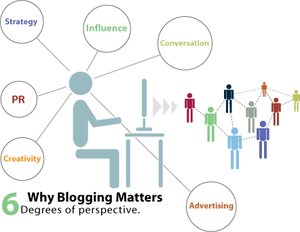

Communication to internal stakeholders will be usually morale boosters in the form of newsletters or mail from management of the company. During my internship in EMC, I got newsletters showing the progress of the company, the recent customer wins and how EMC was staying ahead of competition. The newsletter also contained the steps taken by EMC to ensure employee satisfaction. I also got mails from the management in the company about the quarterly earnings of the company and the price of EMC stock. These mails also thanked us for our hard work. Usually these kinds of communications keep up the morale of the company and make the employees feel that they are contributing to the success of the company.
Communications to external stakeholders is very dependent on the stakeholder. For example the communication to the shareholders of the company will contain information about the general health of the company, company’s strategy and vision to stay ahead of the competition. It might also mention the initiatives the company is taking to increase its market presence. Companies might take up initiatives to improve the society and this is a way of corporate communication to show that the company is socially responsible. One of the most important communications to the external stakeholders will be in during times of crisis. Crisis may be a legal tangle the company has gotten itself into or bad publicity generated in the media due to some findings in the company. Effective corporate communication might make the difference of the company staying afloat during the crisis.
http://www.intranetjournal.com/articles/200510/ij_10_26_05a.html
The above article explains the relevant communication is important to internal stake holders




































